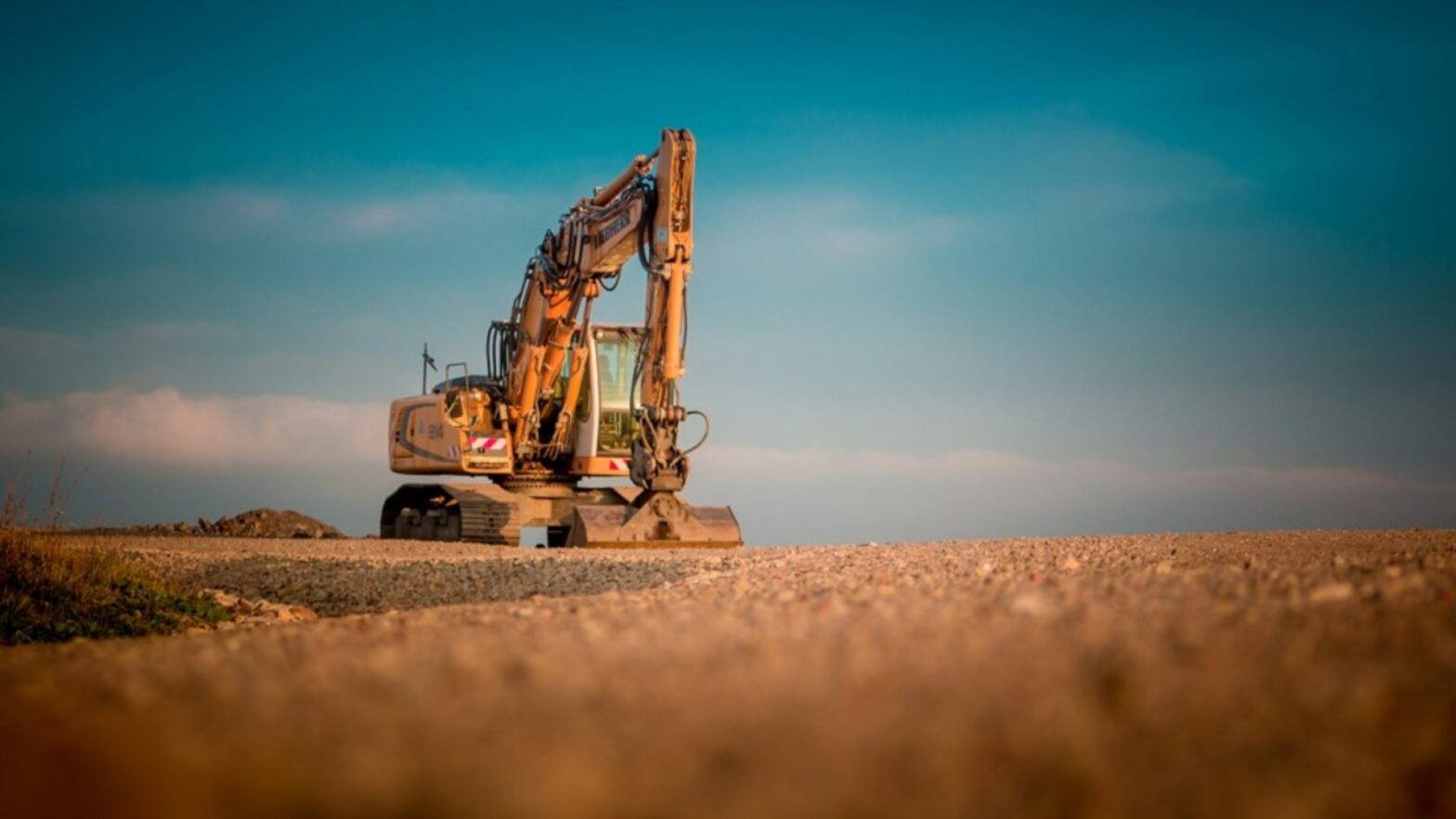By Holly Welles, Construction and Commercial Real Estate Writer and Editor of The Estate Update
Personal protective equipment is essential to conducting safe construction projects. Safety protocols, equipment safeguards and PPE all work together on the field to protect workers from injury. If even one of these measures fails, employees face the risk of injury or death.
Despite its necessity, not all PPE is conducive to work environments or comfortable for employees, which is why developers continually make improvements. Comfort and safety are essential when it comes to creating construction gear.
Managers and their teams must understand the need to wear protective attire while onsite. New developments will give them better options for PPE and encourage them to follow guidelines. 2020 brings a new decade of enhanced worker safety and efficient, effective projects.
The Internet of Things and Wearables
The Internet of Things consists of both wearables and construction equipment — such as Wi-Fi-equipped eye protection and computerized fleets. Anything that can feasibly merge with technological components is fair game for developers, and PPE is a prime example.
Many construction professionals can now wear sensors that measure heart rate and body temperature. These devices let workers know if they’re overexerting themselves. It can be easy to get focused on work and forget physical needs, but sensing wearables help employees understand their physical limits. These devices can be lifesavers in extremely hot or cold environments where workers need to take more breaks.
Wearable technology can do much more than measure vital signs, however. It also allows workers to communicate with each other at different parts of the worksite through Wi-Fi and voice calling. Some devices can alert everyone on a worksite to potential hazards or inform an individual when they’re too close to dangerous tools.
Smart helmets are still a new concept, but companies like Daqri and Atheer are bringing them into the PPE market. With them, workers could access blueprints and other necessary documents without using their hands or stopping their current tasks. Wearable tech can come in any form, from glasses to armbands to watches and more. As long as this gear doesn’t interfere with other PPE, it can fit virtually anywhere on the body.
Personalized Gear
More women are entering the construction industry, but they’re encountering a pervasive problem — improperly fitted gear. Many manufacturers develop equipment with male physiques in mind because construction is a male-dominated field. Unfortunately, this phenomenon alienates and even endangers women who take positions in the industry. If a hard hat or vest can’t stay on during fieldwork because it doesn’t fit, a worker could sustain serious injuries.
Companies like Tougher, Dovetail and SeeHerWork are filling the gap by providing suitable equipment for women’s bodies. Other companies offer women’s pieces within existing collections — Honeywell sells the “Ms. Miller” harness for women, for instance.
Tougher supplies workwear to individual buyers and construction companies looking for more inclusive equipment. More women-led apparel businesses are popping up in response to a lack of adequate workwear, which is a much-needed service for women in the industry.
Personalization also extends to the gear’s appearance. Manufacturers are accommodating workers by producing gear that looks more like regular clothes, such as jeans and shirts. These outfits come in various colors so that workers can choose and coordinate their clothing. These new designs will hopefully increase worker satisfaction and encourage employees to be more stringent about following safety protocols.
Creating PPE Programs to Implement New Gear
With new equipment comes responsibilities and adjustments. While implementing improved PPE, construction managers should train employees in properly operating these instruments — especially wearables and tech-based tools. Workers must know how to use these devices in the field before widespread adoption can be possible. Revising existing PPE programs will require managers to complete hazard assessments and re-evaluate current safety protocols.
New devices come with a different set of safety procedures, which not all employees may be familiar with. These tools can open up a world of unique projects because they allow companies to expand their skills and abilities. For example, green building may be possible where it wasn’t before.
In cases like these, employers benefit from considering the larger effects of using new PPE and what changes they’ll need to make. Additional training in areas like hazardous waste management or fall protection may be necessary.
Supervisors should always assess equipment necessity before adopting any technologies or devices. Every tool integrates differently into each workplace. It’s crucial to test these innovations and find out whether they’ll contribute to higher efficiency and safety.
Transforming Worksite Safety in the Construction Industry
PPE is an essential part of workplace safety, and new equipment will ensure that employees feel safe on the job. Every construction worker should be able to come to work with confidence that they won’t get injured while working. Equipment manufacturers are making sure this happens with each new development they create.
Innovative PPE gives employees more options about what kind of gear they wear and what it can do for them. Providing more choices can reduce on-the-job injuries and increase worker satisfaction. Satisfied and supported workers embody every successful business — when they’re in their best conditions, they do their highest quality work.

































